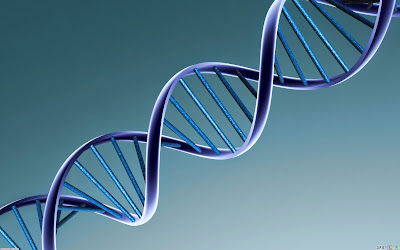Biocomputing is an interdisciplinary research which is a mixed methodology based on both biology and computer science aspects. DNA computing is a trending concept which is more generally known as Molecular computing.DNA computing received relevant diligence in 1994, When Dr. Leonard M. Adleman of the University of South California solved the complex computational problem of mathematics using Computational properties of DNA.This pioneer work initiated researchers to exploit the computational properties of DNA[1].
DNA Steganography was firstly accomplished
by Crater Bancroft by applying DNA Steganography
in a piece of celebrated information of the Second World War and retrieved
successfully[2].The main idea of computing with DNA is to encode data in a DNA
strand form in order to simulate arithmetical and logical operations. The main
operation of DNA computing is called Synthesis, which is a process of designing
and restructuring information in DNA sequence form. In DNA computing, designing
and synthesizing information in the DNA sequence form is an important process
where wrong design might lead to wrong result.
DNA Certification even though not a
DNA computing technique has some practical applications for security. In the Sydney
Olympic Games, summer of 2000 a Canadian company named DNA Technologies was
able to show case its DNA tagging abilities by performing product certification
using DNA sequence[3].
We all know DNA as Magical code for
life but how to exploit this magical code for computations and mathematical
calculations is an interesting area which shows DNA as a medium to store and
share secrets and how it is really a
magical code for cryptographers ?We will see in next post.
References
1. Adleman, Leonard M. "Molecular computation
of solutions to combinatorial problems",Science-AAAS-Weekly Paper Edition
266.5187, vol., no 266, pp 1021-1023, Nov. 1994.
2. Clelland,
Catherine Taylor, Viviana Risca, and Carter Bancroft. "Hiding messages in
DNA microdots", Nature 399.6736 ,pp 533-534, June 1999.
3.Sreeja, C.S.; Misbahuddin, M.;
Mohammed Hashim, N.P., "DNA for information security: A Survey on DNA computing and a pseudo DNA method based on
central dogma of molecular biology," in Computer and Communications
Technologies (ICCCT), 2014 International Conference on , vol., no., pp.1-6, 11-13 Dec. 2014.



